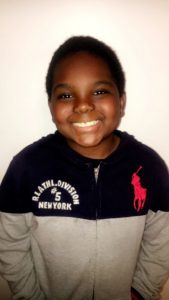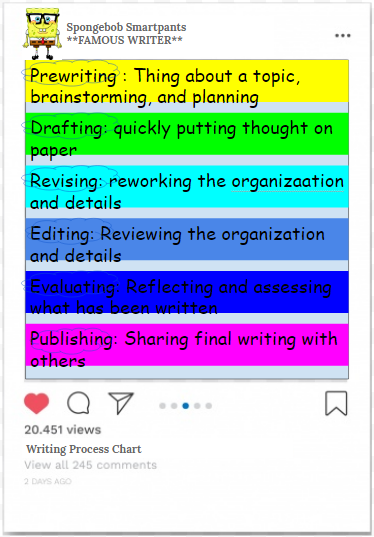Interview Link: https://drive.google.com/file/d/1hUF8xw7Bx9cO2jIrsjXHjw1u-6NzH78C/view?usp=sharing
Interview Reflection: Below (After Transcript)

Interviewer: Hi Jayden, thank you for doing this interview today. Alright so what grade are you in?
Participant: Third Grade
Interviewer: Thank you, Alright. So what types of writing do you do in your 3rd grade classroom?
Participant: Cursive
Interviewer: Aright, you do cursive. What other types of writing?
Participant: Hmm. Paragraphs
Interviewer: And What do your paragraphs consist of?
Participant: Things that are going on in the season or around me
Interviewer: Ok, so things that are going on in the season or around you. Do you like doing paragraphs?
Participant: Yes
Interviewer: Okay, could you maybe read one of your paragraphs for me. Pick your favorite paragraph.
Participant: Okay
Interviewer: You can start reading now
Participant: Dead leaves. The leaves started to change the season. This very season is colder than spring. When the leaves hit the ground, they begin to look ugly. The trees start to lose their chlorophyll. Then the tree has no leaves.
Interviewer: Thank you, I enjoyed that. Did you like writing that?
Participant: Yes
Interviewer: I see you did a picture with it to. What was your thought behind the picture?
Participant: Hmm
Interviewer: Because it looks really nice
Participant: The seasonal types of leaves
Interviewer: I like it.
Participant: The seasonal types of leaves. The leaves changing colors and the trees losing their chlorophyll.
Interviewer: I see that’s there’s a lot of meaning behind the picture. I like it. So, how have your past teachers helped you with writing? So, teachers you had before this one. Like, what kind of assignments did you do in your first and second grade class? Did those consist of paragraphs as well?
Participant: No… Yea first grade did
Interviewer: First grade?
Participant: Yes.
Interviewer: So, what did you do in second grade?
Participant: Um.
Interviewer: If you don’t remember is fine.
Participant: We didn’t actually do anything. Like we didn’t do actually do any paragraphs
Interviewer: Ok, so how can your… well how does your teacher now help you improve your writing? Have you every sat down with your teacher and done um teacher and student conferences. Where you talking about your writing?
Participant: No.
Interviewer: Okay, what are somethings you would like your teacher and future teachers to do when helping you improve your writing?
Participant: Umm…. umm.
Interviewer: What is something you would like to gain from writing? Like nothing else you want to learn?
Participant: No.
Interviewer: No?
Participant: No.
Interviewer: Do you have any suggestions as to writing assignments you would possible like to do in the future or are you fine with doing paragraphs?
Participant: Yes
Interviewer: Okay well, Thank you very much.




